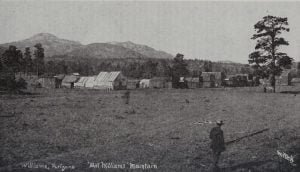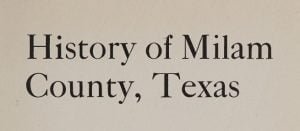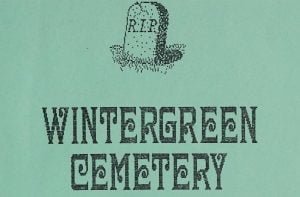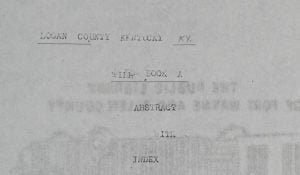The publication “Historical Celebration, Waterloo, 1856-1956: A Century of Progress in Living” commemorates the centennial of Waterloo, Indiana, reflecting on its development since its establishment in 1856 and serves as a history of Waterloo Indiana for those years. This official record, compiled by the Waterloo Centennial Commission, captures a detailed historical account from the town’s early days, spurred by the Lake Shore & Michigan Southern Railroad, to its evolution into a vibrant community by 1956. It covers the growth of local businesses, churches, schools, and public services, alongside the socio-economic changes marked by industrial and commercial advancements. The centennial celebration itself, with its parades and community involvement, is also highlighted, alongside stories of notable residents and transformative events.


















